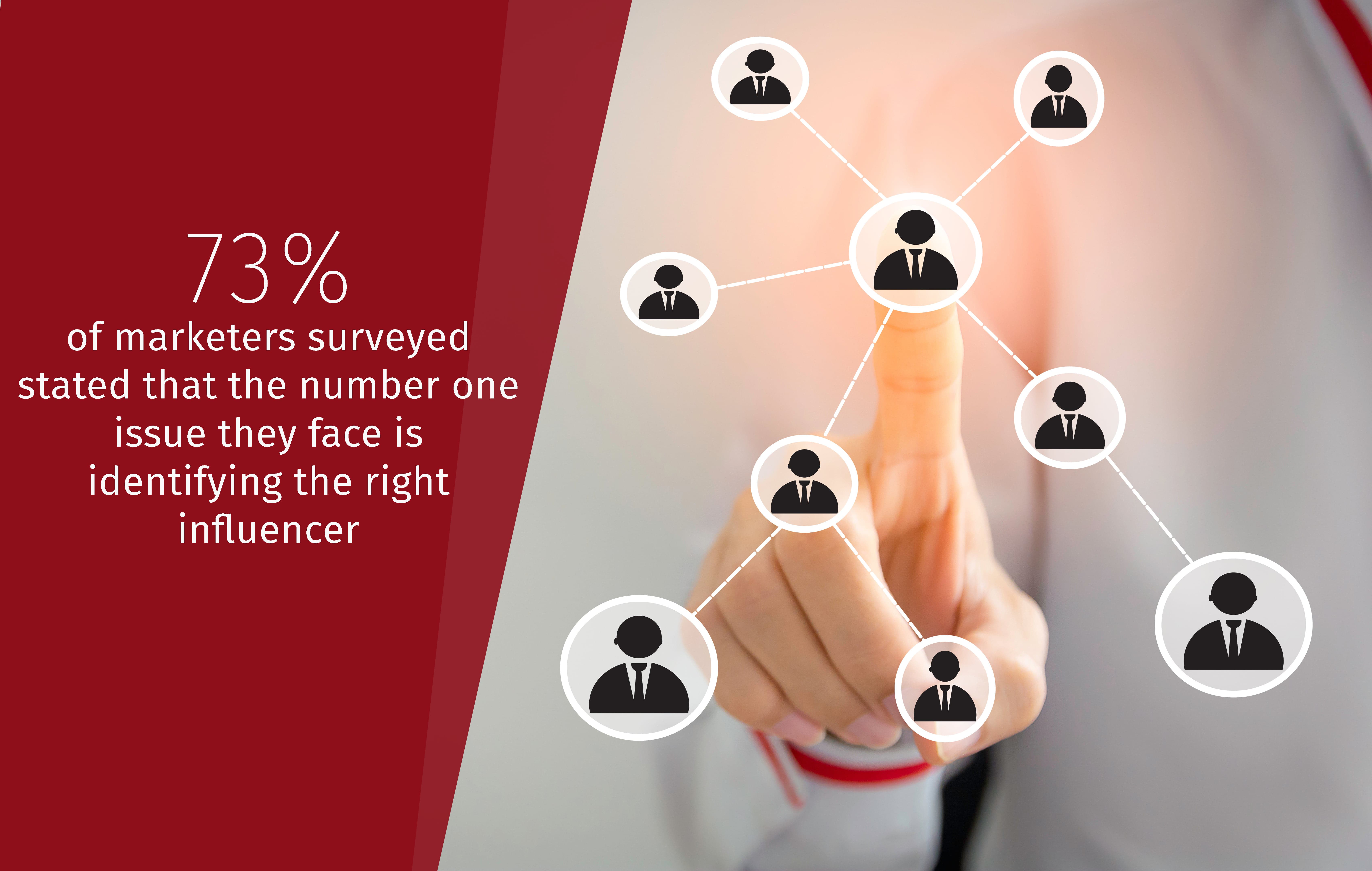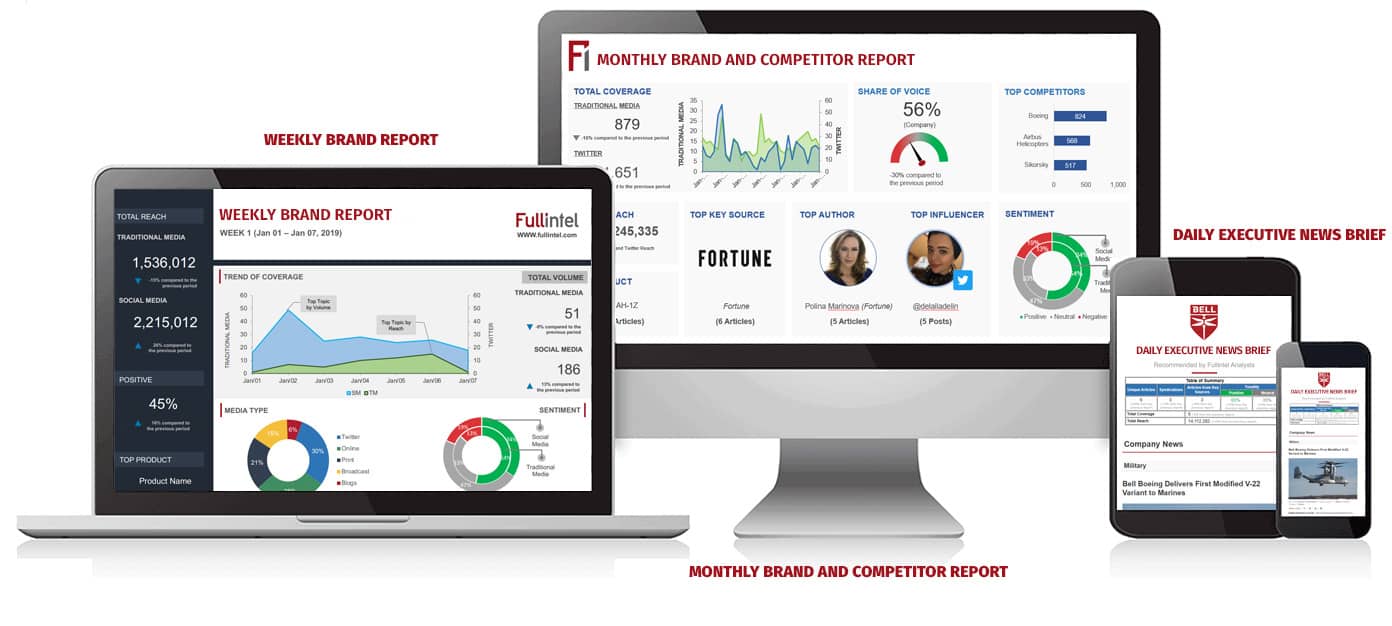When it comes to current marketing strategies, brand influencers are seen as a natural fit for most brands who want to expand their reach. Influencers are seen as more effective than other marketing channels as consumers already know, like, and trust them.
While most brands are looking to get into the sphere of influencer marketing, it can be challenging to get buy-in as many companies aren’t sure about the ROI of their efforts.
According to a report by Econsultancy, 65% of respondents cited the measurement of ROI as one of the biggest challenges when working with influencers.
For influencer marketing to drive ROI, brands need to be discerning when working to identify influencers on social networks. Finding an influencer who is a great fit for your brand and has an audience that’ll be receptive to what you’re marketing can be difficult. In the same Econsultancy study cited above, 73% of marketers surveyed stated that the number one issue they face is identifying the right influencer.
Plus, once you find the right brand influencer, you still have to convince them to work with you — which is no easy feat as influencers are currently in high demand.
One of the biggest miscalculations a brand can make is moving too quickly into a relationship with an influencer. Jumping in without doing their research or establishing what specifically they need from an influencer are mistakes that may lead to an unsuccessful marketing campaign with neither party being satisfied.
The following steps can help you get started with identifying the right influencers in social networks for your company:
Step 1: Establish Criteria For Identifying Your Ideal Influencers
There’s no shortage of influencers, but the goal is to have the right influencers. That starts with establishing criteria for what makes for an “ideal” influencer for your organization.
Ensuring that the influencer you choose is aligned with your brand and your organization is critical to success. It doesn’t matter if the influencer has a huge following if their personal brand and the people who follow them aren’t aligned with your business. That’s why you can’t base your decision on superficial metrics, like high traffic numbers.
This is where a niche influencer with a smaller following may be a better fit over a huge name with a massive following. Or you may want to focus on identifying influencers on Twitter, or whichever social network your audience is most active on.
Your criteria should be based on your brand’s needs, so you’ll need to establish your own criteria for what makes an ideal influencer. When looking at who may be the best influencer for your brand, consider the following:
- Reach: What’s their reach? How many followers do they have and on what platforms? Do they span multiple platforms beyond Twitter?
- Engagement: How does the influencer engage with their audience? Do they interact with their audience in the comments or via DMs? Are they responsive and present?
- Relevance: How relevant is their brand and audience to your target market? Does your product/service fit with their brand?
- Relationships: How do they work with brands now? What can you expect from working with them?
Step 2: Use A Monitoring Platform To Support Your Research
With your criteria defined, now it’s time to start your research. Many times this is where companies go wrong as they just jump into influencer marketing and expect to get results.
Research is really about assessing each potential brand influencer against your criteria for reach, engagement, relevance, and relationships. This starts by taking an in-depth look at each influencer to understand the potential opportunities that may result from working with them. An ideal tool to help support your efforts here is a media monitoring platform that covers social media and other channels.
When assessing influencer’s reach, it’s about more than the size of the audience. You want to know what platforms they’re on and which ones see the most activity. When looking at their follower count, you also want to see if you can determine how much unique traffic goes to their blog.
Engagement with their audience is a key attribute for an influencer, and you need to not only look at how often they engage but also what that engagement looks like. Do they respond in a timely manner when their audience reaches out? Are their interactions one and done or do they maintain an ongoing dialog with their followers? You want to see what sort of relationship they’ve built with the people who follow them and how that relationship is nurtured.
Determining relevance can be subjective, but the first thing you need to decide is how their message and approach would fit in with your brand. This person will be representing your brand, so knowing that you’ve chosen the right person with a message that’s a fit for your brand is going to be key to a successful influencer campaign. You can choose a wildly popular influencer, but if they aren’t relevant to your brand, you won’t get the ROI you want.
The last piece you need to research is their relationships. You need to know how they work with the brands they already have an influencer relationship with. What type of content do they create and how does their current work fit in with your brand? Knowing who their other relationships are with also gives you the opportunity to avoid being associated with other brands who may not be in line with yours. The last thing you want is to start working with an influencer who works with brands that are in direct opposition to your brand values — or with one of your fiercest competitors.
Engaging with potential brand influencers is also a big challenge because many PR pros don’t have a deep enough understanding of them. The goal is to fully understand who exactly you’re dealing with and demonstrate that knowledge when reaching out to them.
With 59% of the marketers surveyed saying that getting the attention and being able to engage the influencer was another one of the major hurdles they face (Econsultancy), it’s absolutely critical you can demonstrate you understand who the influencer is, and what their audience cares about.
Investing time in monitoring and really getting to understand your potential brand influencers makes it more likely you’ll get a response upon reaching out to them, and ultimately see a better ROI from your influencer marketing.
Step 3: Daily Monitoring And Conversation Engagement
Once your preliminary research is done, now is the time to carefully monitor your influencers to learn more about them and their audiences. You want to observe what they’re saying, who they’re working with and gather as much insight as you can.
With daily media monitoring, you’re able to identify emerging opportunities, get insight into how to interact with influencers, and most importantly, determine where timely outreach may be needed. Without daily media monitoring, your influencer efforts are likely to lack relevance or timeliness, and in a 24/7 online world, you can’t afford to wait for a weekly or monthly monitoring report.
There are many monitoring tools, but there’s no substitute for having someone reviewing the results daily and making recommendations. Often, tools lack the understanding of the influencer research metrics you need. In this case, looking for an influencer monitoring and media analysis services, like that of Fullintel, where you can receive custom quantitative and qualitative data around your target influencers, and their audience, that can help make more efficient targeting decisions.
Once you know how to identify social media influencers, you can avoid wasting time on influencers with audiences that don’t fit your brand, and you can save precious marketing dollars that would be wasted on working with the wrong influencer. By having a plan in place for establishing criteria, conducting research, and daily monitoring, you’ll be set up for success when it comes time to reach out to your potential influencers and much more likely to get a yes.

